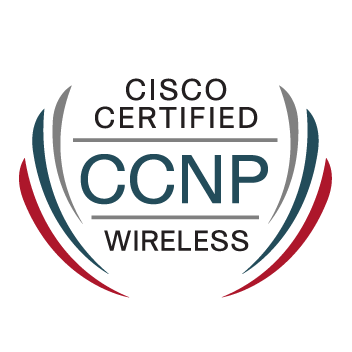- Cisco Community
- Technology and Support
- Security
- Network Security
- Why is NAT needed between interfaces.
- Subscribe to RSS Feed
- Mark Topic as New
- Mark Topic as Read
- Float this Topic for Current User
- Bookmark
- Subscribe
- Mute
- Printer Friendly Page
Why is NAT needed between interfaces.
- Mark as New
- Bookmark
- Subscribe
- Mute
- Subscribe to RSS Feed
- Permalink
- Report Inappropriate Content
08-04-2017 08:58 AM - edited 03-12-2019 02:46 AM
- Running version 9.6.1
- Have 2 interfaces called internal (10.1.1.x) and server -(192.168.1.x) both security level 100.
Have ACL to allow port 22 traffic from 192.168.1.15 to 10.1.1.47
Packet tracer phase 6 fails with this error:
Phase: 6
Type: NAT
Subtype: rpf-check
Result: DROP
Config:
nat (internal,server) source dynamic Private-address-space-RFC1918 interface
Additional Information:
Why is a NAT required?
I can fix it with a nat between the 2 where all traffic stays with original IP's....but my question is why is NAT even required? NAT-control is not longer required, and I thought nat statements where no longer required.
Thx
Dave
- Labels:
-
NGFW Firewalls
- Mark as New
- Bookmark
- Subscribe
- Mute
- Subscribe to RSS Feed
- Permalink
- Report Inappropriate Content
08-04-2017 09:38 AM
NAT is not required and in situations like these normally not used.
Did you configure "same-security permit inter-interface"? And what was your packet-tracer command?
- Mark as New
- Bookmark
- Subscribe
- Mute
- Subscribe to RSS Feed
- Permalink
- Report Inappropriate Content
08-04-2017 09:49 AM
Did you configure "same-security permit inter-interface"? = yes
packet tracer input server tcp 192.168.1.15 12345 10.1.1.47 524
- Mark as New
- Bookmark
- Subscribe
- Mute
- Subscribe to RSS Feed
- Permalink
- Report Inappropriate Content
08-04-2017 09:54 AM
With that given NAT command you can't access the internal device without an additional static NAT. Remove the NAT and make sure your packet-tracer matches your access-control (you say you have allowed port 22 but tested with 524).
- Mark as New
- Bookmark
- Subscribe
- Mute
- Subscribe to RSS Feed
- Permalink
- Report Inappropriate Content
08-04-2017 09:59 AM
it was port 22 in packet tracer....mis typed. Are you talking about this nat command :nat (internal,server) source dynamic Private-address-space-RFC1918 interface
Are you saying since that is there, I need to have a nat command for the return traffic? That where it seems to fail, the traffic coming back....
- Mark as New
- Bookmark
- Subscribe
- Mute
- Subscribe to RSS Feed
- Permalink
- Report Inappropriate Content
08-04-2017 09:55 AM
Hi,
You already have a NAT on these two interfaces so you need one to allow this traffic.
The issue is that the traffic is allowed to go out to the server interface but when it comes back it is matching the nat (
So to overcome that you need to create another NAT statement or modify the existing NAT if configured already.
Regards,
Aditya
Please rate helpful and mark correct answers
Discover and save your favorite ideas. Come back to expert answers, step-by-step guides, recent topics, and more.
New here? Get started with these tips. How to use Community New member guide




